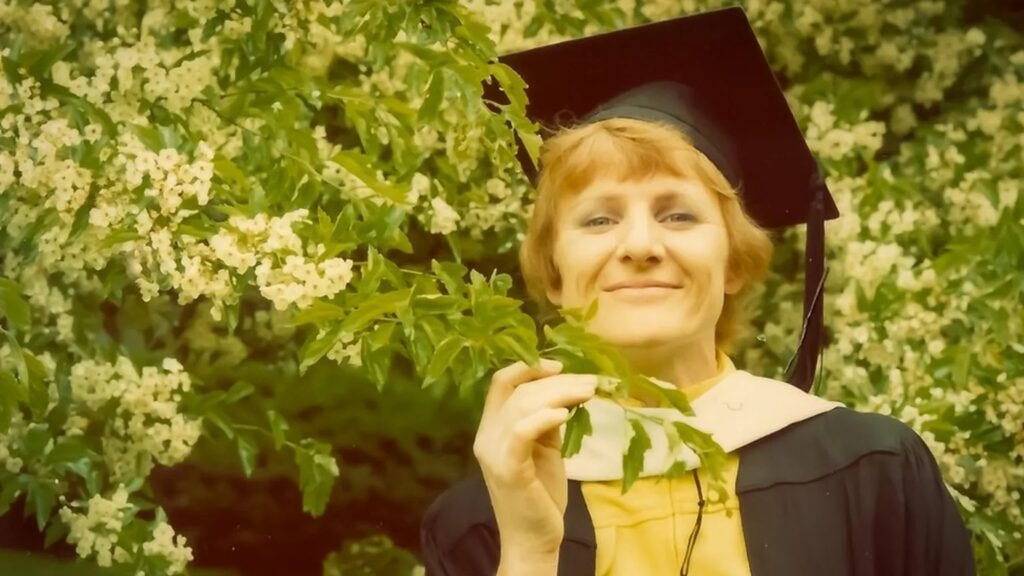Celebrating Dorothy Miles' birthday and her impact on language
Lessons on inclusive communication for the modern communicator
Today's a special day - it's Dorothy Miles' birthday! As a communications professional, I’m inspired by Dorothy’s journey as a poet and activist.
Born in 1931, Dorothy lost her hearing at a young age, but never let that hold her back. She dove head (heart and hands) first into the world of poetry, using both written English and sign language to express herself. Her approach combined these two forms of communication, bridging the gap between Deaf and hearing individuals.
Dorothy's pioneering work in sign language poetry demonstrates that sign language is not merely a means of communication but a profound art form in its own right. Her performances were captivating, full of emotion and visual storytelling that brought her words to life in a whole new way.
But Dorothy didn't stop at poetry. She was an advocate for deaf rights and education. She pushed for better access to education for deaf people, breaking down barriers and creating new opportunities such as improved academic advancement and increased career prospects. She also pushed for sign language to be recognized as a real language, worthy of respect and study.
One of her biggest achievements was helping to establish the first Deaf Studies program in the UK at the University of Bristol. This was huge - it meant Deaf culture and language were finally being taken seriously in academia. Dorothy also played a key role in developing British Sign Language.
She showed us that communication means connecting with people on a deeper level. Her work reminds and challenges me to think outside the box and consider all the ways people might want to engage with our message.
As communicators, we need to improve our inclusivity and understanding of diverse perspectives, ensuring that everyone feels heard and included. As communicators, we have a responsibility to make sure our messages reach everyone, regardless of their abilities or background. So how can we do that?
First, let's make accessibility a priority. This could mean adding captions to videos, providing transcripts for audio content, or using alt text for images. These small steps can make a huge difference for people with hearing or visual impairments.
Here are a few more ideas:
Learn about different communication needs. Maybe take a sign language course or learn about assistive technologies.
Use plain language. Ditch the jargon and write in a way that's clear for everyone.
Add captions to videos and transcripts for audio content.
Use diverse imagery in your visual communications.
Ask for feedback from people with different backgrounds and abilities.
We should also think about the language we use. Are we using jargon that might exclude some people? Can we simplify our message without losing its meaning? It's about finding a balance between clarity and inclusivity.
Another great tip is to involve diverse voices in our work. By bringing in perspectives from different communities, we can create content that resonates with a wider audience and avoids unintentional biases.
Dorothy's work also reminds us of the power of visual communication. Why not explore ways to incorporate more visual elements into our messaging? Infographics, videos, or even simple illustrations can help make complex ideas more accessible to everyone.
Dorothy showed us that language can be a bridge or a barrier. It's up to us to make sure it's the former. Her birthday is a perfect time to reflect on how we can make our communications more inclusive and impactful. Let's not be afraid to learn and adapt.
The world of communication is always changing, and what works for one group might not work for another. By staying open to feedback and new ideas, we can keep improving and reaching more people.
As we celebrate Dorothy’s birthday, let's honor her memory by pushing ourselves to be more creative, more understanding, and more inclusive in our work.
Cheers to Dorothy Miles - poet, activist, and an inspiration to communicators everywhere. Let's keep pushing the boundaries of communication, just like she did.




